DESIGNING for WELLBEING in EDUCATIONAL and CIVIC BUILDINGS with HAWKINS\BROWN
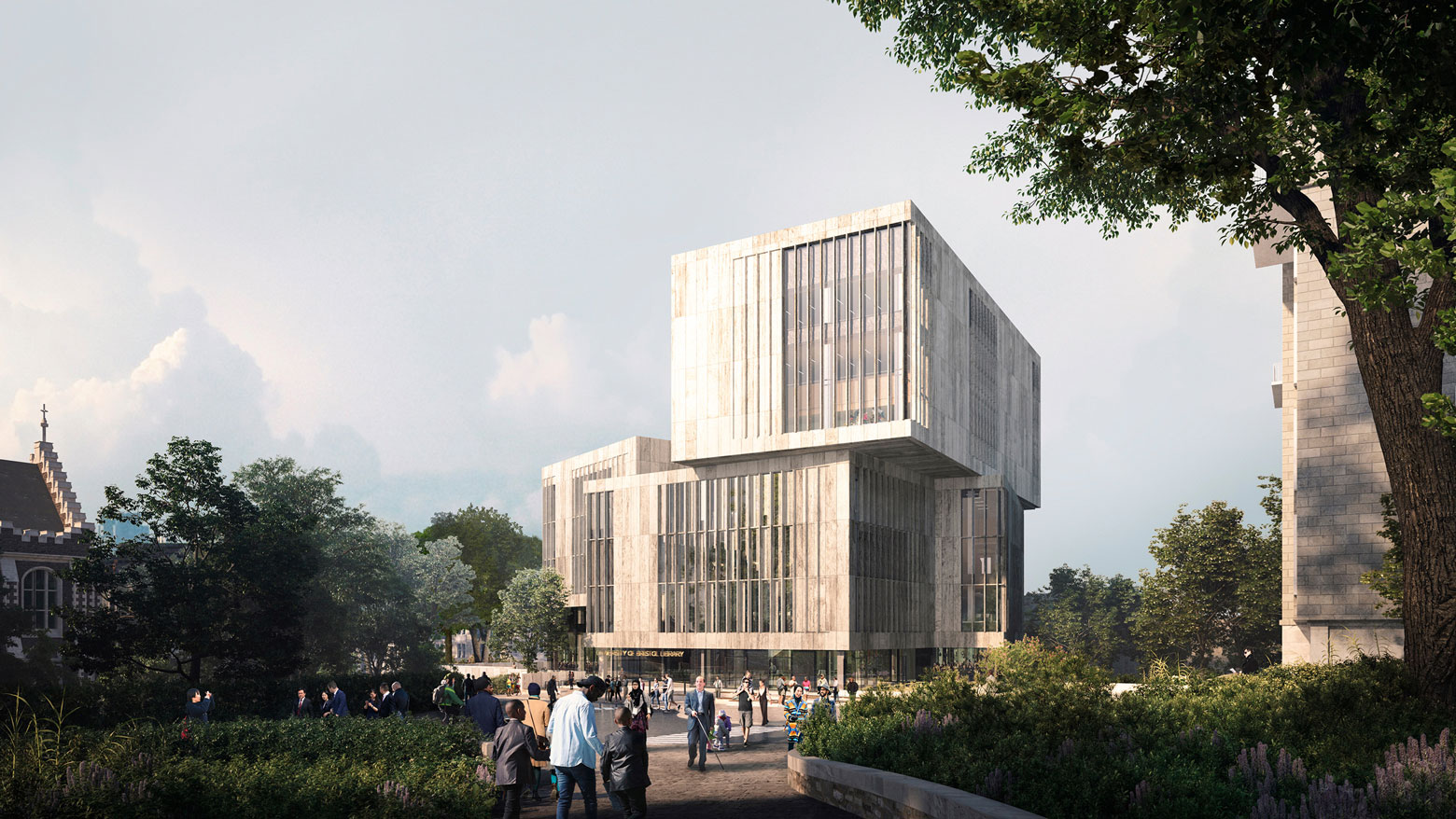

DESIGNING for WELLBEING in EDUCATIONAL and CIVIC BUILDINGS with HAWKINS\BROWN
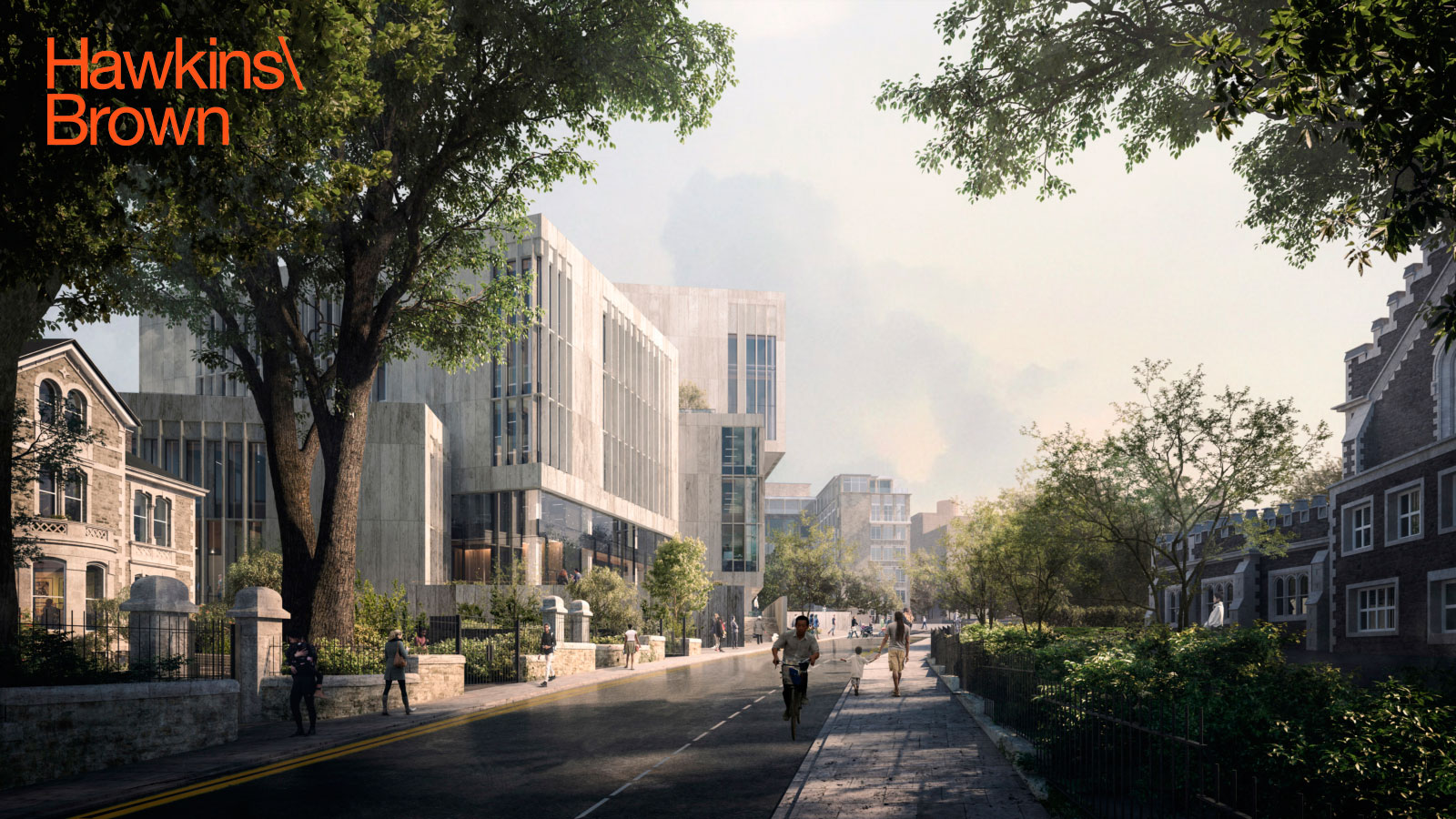 Image: The New Library, designed by Hawkins\Brown, will be the flagship of the University of Bristol
Image: The New Library, designed by Hawkins\Brown, will be the flagship of the University of Bristol
Established in 1988, Hawkins\Brown is now the seventh largest UK practice, working in a wide range of sectors including residential, infrastructure, education, workplace and CCC (civic, community and culture). QUIET TIMES spoke with Adam Cossey who leads Hawkins\Brown’s CCC sector which is involved in a number of projects including community and Higher Education libraries - most recently, Bristol University’s £100 million new library - as well as a number of Town Hall projects providing new workplace environments for local authorities.
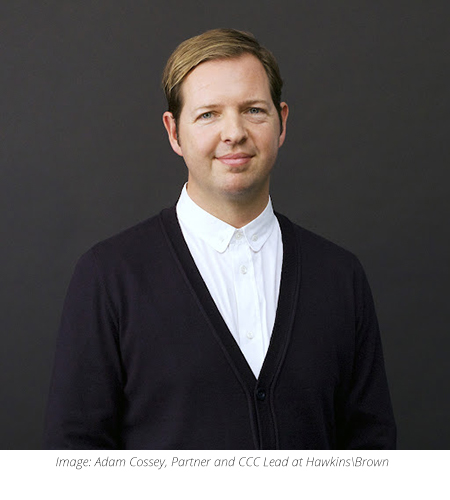 Adam told us that as a practise, Hawkins\Brown has witnessed a number of recent trends within such projects. One of the most common themes? Wellbeing. This trend to design spaces which factor in wellbeing has grown even more popular post pandemic. One key criteria to addressing this trend is the acoustic environment of a space. Interestingly, Adam has seen a distinct move away from a desire for open plan work learning spaces and more towards hybrid working spaces with acoustics being high on the agenda.
Adam told us that as a practise, Hawkins\Brown has witnessed a number of recent trends within such projects. One of the most common themes? Wellbeing. This trend to design spaces which factor in wellbeing has grown even more popular post pandemic. One key criteria to addressing this trend is the acoustic environment of a space. Interestingly, Adam has seen a distinct move away from a desire for open plan work learning spaces and more towards hybrid working spaces with acoustics being high on the agenda.
Hawkins\Brown employs a global team of 300, working in 10 offices of approximately 20 people in centres including London, Manchester, Edinburgh and Los Angeles. This allows for large projects and briefs to be taken on but still enables an agile and responsive work space with attentive pastoral support.
Over the past several years, Hawkins\Brown has been trialling different ways of working and thinking. Six years ago, they tracked and studied movement and flows in their offices through an app on the phones of consenting employees. The results witnessed a natural rhythm to the day and interestingly few people stayed at their desk for a long term, instead preferring to collaborate and socialise to share ideas. Furthermore, per day, around 20-25% of staff were out of office at meetings. This gave the company good evidence, enabling them to remove the one desk per person structure and replace it with spaces designed to encourage collaboration as well as quieter working. Desk working was still maintained at a ratio of 6 desks per 10 people and this has since decreased from 6 to 3 since the pandemic and the boom of WFH (Working From Home). “We now take these findings and bring them to clients and collaborators as well as to our design thinking for schools, offices and local authority spaces.”
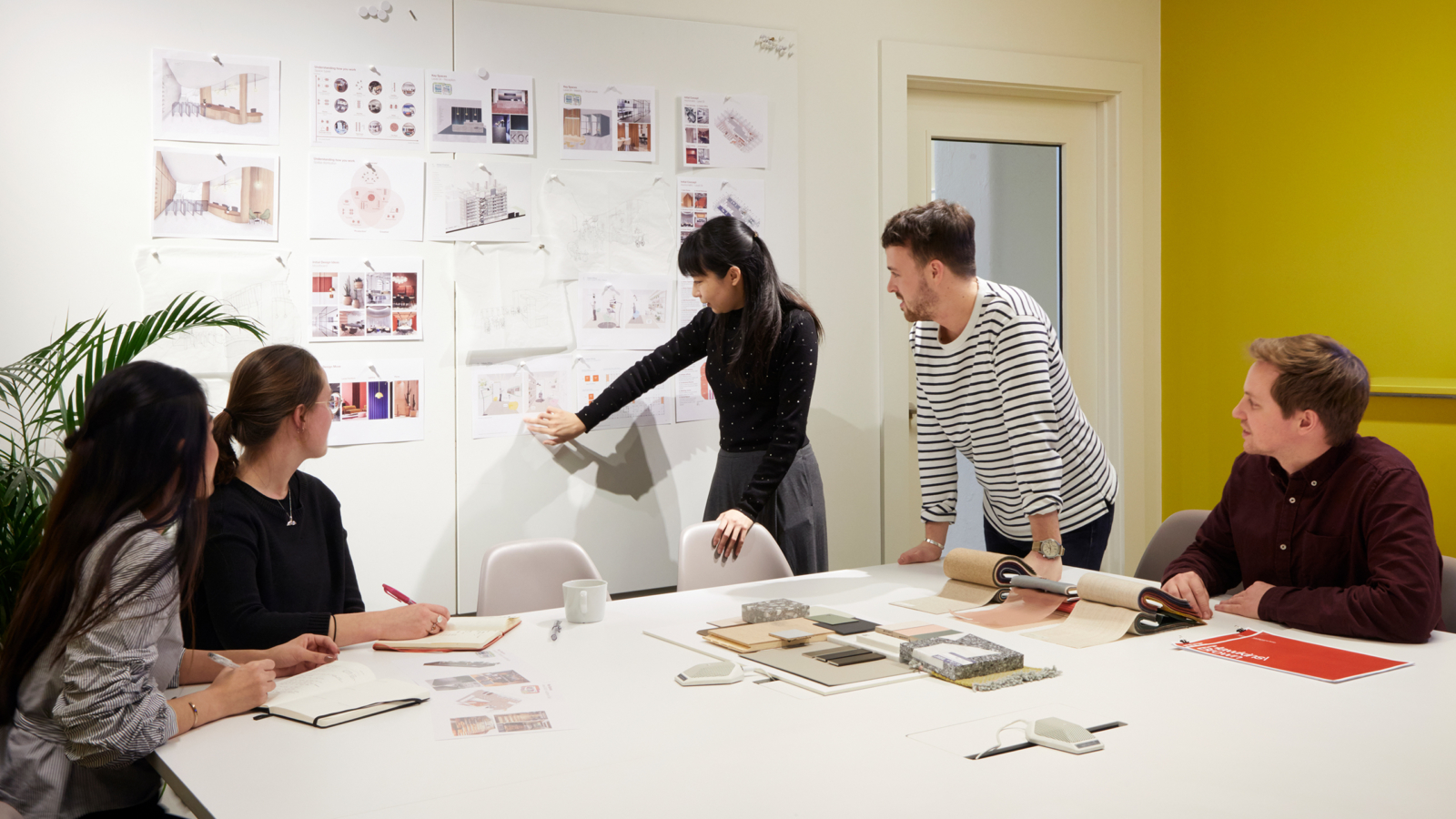
Image: Hawkins\Brown tests many concepts in their own offices, enabling them to provide evidence based design proposals to their clients.
73% of offices in the UK were open plan pre-pandemic but Hawkins\Brown is able to go with evidence based solutions to sell this evolution of the office plan. “I think it's important that we provide qualitative and quantitative analyses of testing of these themes and ideas. We are going through this fast accelerated workplace revolution of sorts, I suppose. There were ideas out there before the pandemic but the pandemic has materialised the movement and thus accelerated it towards designing and truly realising these spaces.”
“Of course, hybrid-working means marrying the nature of WFH with office work but with the increase in screen based Zoom communication we were curious about the potential acoustic challenges that this could pose to a quieter working environment. “One thing we are looking at designing into the workplace, are areas where you can have breakout spaces for one person and their laptop which are acoustically buffered from other areas of the working environment.”
Of course, here at Quiet Mark, we acknowledge and spread awareness about the role of acoustics on our wellbeing. The International Well Building Institute even has a list of 10 concepts which are measured to be taken into consideration for achieving their WELL Standard and one of these, alongside light, air and thermal quality, is sound.
 Image: Spanning 108 features and 10 concepts, WELL is a roadmap for inspired design decisions that not only keep us connected but facilitate a good night's sleep, support our mental health and help us do our best work everyday. SOUND is the most performance verified concept of WELL.
Image: Spanning 108 features and 10 concepts, WELL is a roadmap for inspired design decisions that not only keep us connected but facilitate a good night's sleep, support our mental health and help us do our best work everyday. SOUND is the most performance verified concept of WELL.
Adam provided us with great context to this up and coming school of thought. He acknowledged that the past thirty years have seen several trends that have started to be addressed and thus embedded into our way of thinking and designing. Such examples would be sustainability, access and inclusivity which at first were considered ‘nice to have bolt-on accessories’ but are now essential in the design of a building. Adam feels that the wellbeing trend is still in the accessory phase but believes it should, without question, be considered an essential factor when it comes to building design. His recent work on the latest library for Bristol University perfectly embodies how wellbeing can be factored into a building's design concept.
“We are consulting with a number of stakeholders and speaking to members of the community, from students to staff and these conversations are informing the wellbeing requirements of the library. We have had very interesting conversations with first and second years who desire spaces where they can digitally disconnect. This constant intrusion of digital noise within their lives is a common theme we come across. We addressed this request by looking to design an environment which provides quiet digital spaces - perhaps to even disconnect from WiFi in certain spaces! We are looking into natural ventilation, collaborative spaces and quieter working spaces along the periphery of the building which will be accompanied by great views of Bristol.”
Adam also provides us with insight on the evolution of the industry’s need to focus on wellbeing. “Ten years ago, the focus for a library would have been for designing digital spaces and now it's about weaving the digital with the analog. One requirement is to house as many books and collections as we can. This building thus encourages serendipity and a chance to discover- the smell of books needs to be factored in as well! The theme from now on will be addressing different qualities within a space. Acoustics is central to that thinking.”
When it comes to market research, Hawkins\Brown is as diverse as you can imagine in order to meet everyone’s needs and deliver a tangible experience to all users. From interviewing 5 year olds to students to 80 year olds, Hawkins\Brown conducts research with VR models and board games alike. “We used this card game built in house as a way of conducting market research. Users choose 3 words that embody what they would look for in a library and one word embodying what they wish to avoid within the experience.”
Adam has also undergone several projects on Town Halls with Hawkins\Brown, the latest being the refurbishment of Waltham Forest Town Hall. Originally built in the 1930s, the town hall was being used less and less, seeing community members have to disperse their activities to several - some not fully accessible - buildings. “What we noticed was the brief wanted to go back to basics for the functions of a town hall thus encouraging the community to really come in and use the space. The civic spaces have been refurbished for local use and we also provided an external space which is a plaza the size of Somerset House - 50m x 50m to be exact - which replaced a dangerously deep fountain. It has been reprogrammed for use as a square for food markets or an ice rink in winter. There are lights and sound within the space so that events can orchestrate around those elements. The pandemic has really highlighted the need for good quality outdoor spaces which the public can use.”
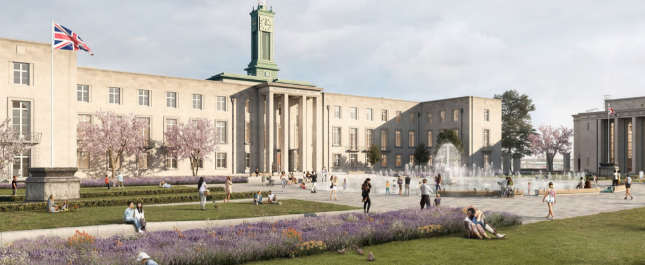
Image: The Grade II listed Waltham Forest Town Hall, recently refurbished by Hawkins\Brown
When it comes to what advice Adam would give young students of architecture, he reminds us of the variety of the role. “Before you study architecture, study your passion. The reason I studied architecture is that it happens to be my job as well as my passion and hobby. No one day is the same which makes architecture so rewarding. From workshops with children to building sites and innovative briefs to looking at the latest VR software, the job is so varied and that's what I love about it! It does take a long time so stick at it. Hawkins\Brown is currently encouraging apprenticeships where you would come into the office to study, work and earn an income at the same time.”
Town Halls and Libraries are listed under CIVIC, one of nine Building Type categories that visitors to our Acoustics Academy are invited to select when sourcing Quiet Mark verified acoustic products and materials, to enhance the wellbeing performance of any building project.
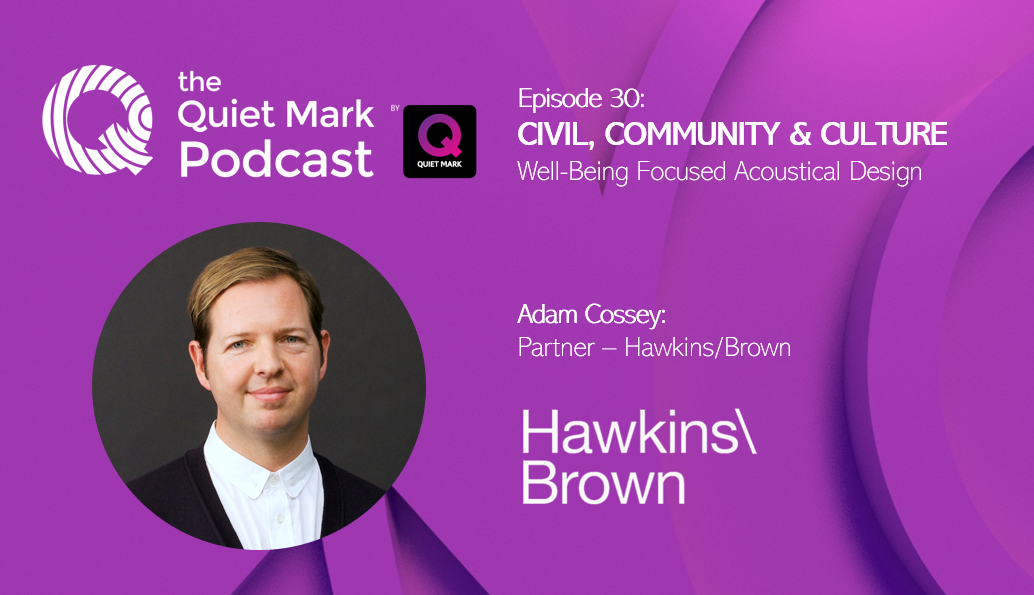
Listen to Adam Cossey - Partner - Hawkins/Brown on The Quiet Mark Podcast
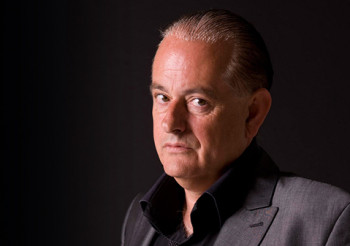

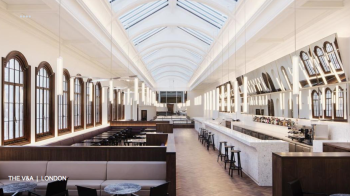
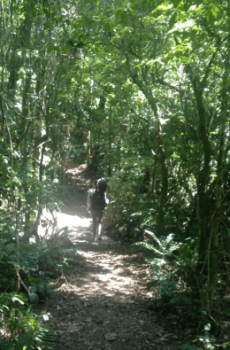
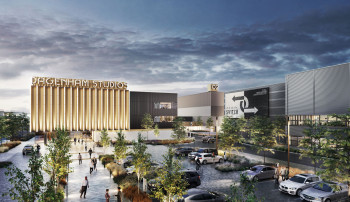



 Quiet Mark Founder
Quiet Mark Founder